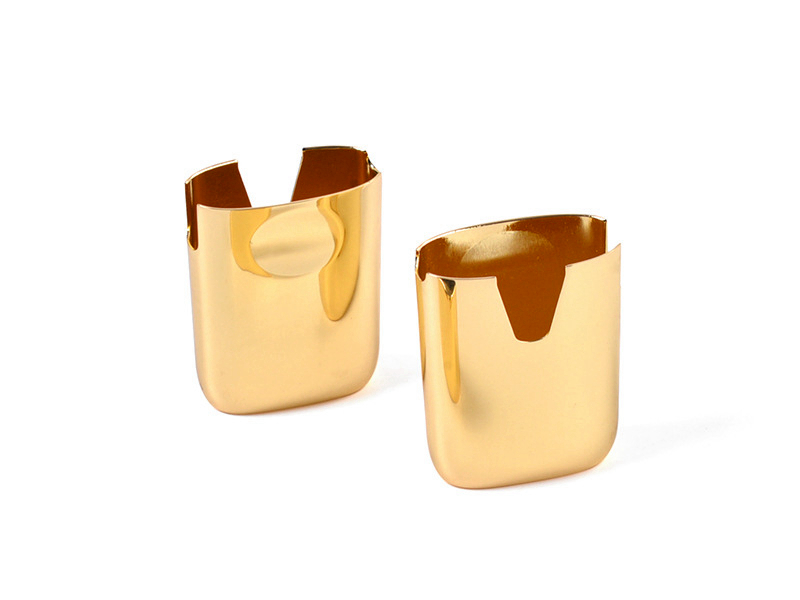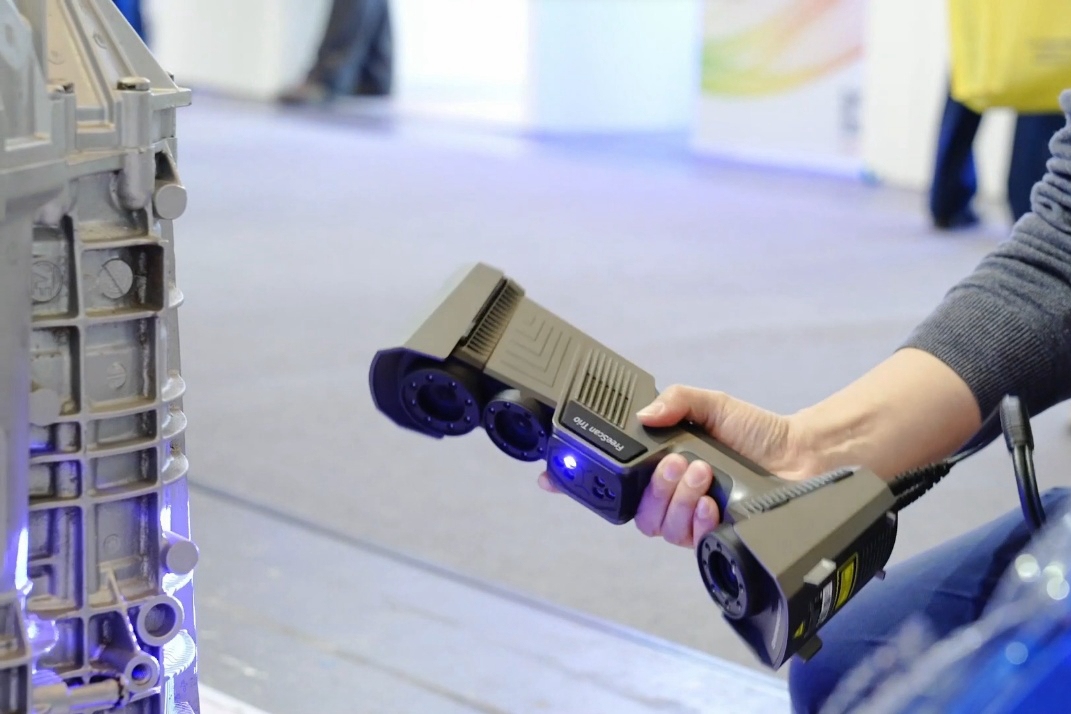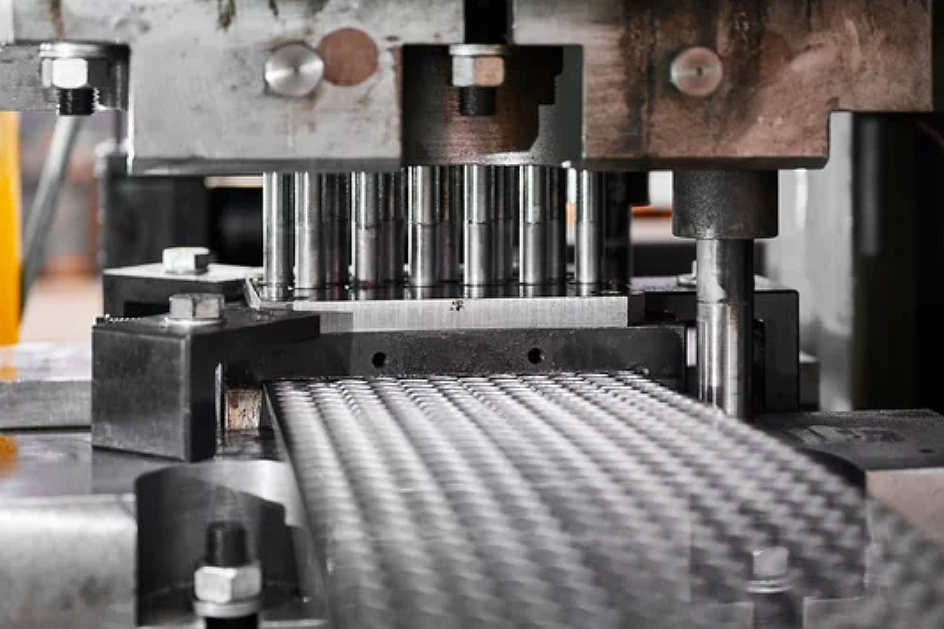Precision Aerospace Sheet Metal & Enclosure Fabrication
Introduction to Aerospace Sheet Metal Fabrication
Precision sheet metal fabrication is foundational to aerospace manufacturing, supporting the structural and electronic integrity of aircraft, satellites, and UAV systems. From lightweight brackets to mission-critical enclosures, sheet metal parts must meet exacting standards in flatness, form accuracy, and surface finish.
With increasing emphasis on weight reduction and modularity, aerospace engineers rely on optimized fabrication workflows to produce complex geometries with tight tolerances. Technologies like Sheet Metal Fabrication and multi-axis CNC forming support rapid prototyping and production of housings, sensor mounts, and EMI-protected covers.
These components are often integrated into highly sensitive subsystems where form, fit, and finish affect aerodynamic efficiency and system reliability. In the aerospace sector, every gram matters, making precision sheet metal fabrication a strategic tool for both flight-grade component design and thermal/electrical shielding applications.
.png)
Material Selection for Aerospace Enclosures
The right material for aerospace sheet metal enclosures is critical to balancing structural strength, thermal performance, electromagnetic shielding, and weight efficiency. The material choice affects every aspect of the enclosure—from manufacturability to long-term reliability under extreme conditions.
Lightweight Aluminum Alloys
Aluminum is widely used for avionics housings, internal brackets, and electronic module covers due to its excellent strength-to-weight ratio and corrosion resistance. Grades such as 6061 and AlSi10Mg are especially suitable for high-precision machining and surface treatments. Aluminum 6061 offers high dimensional stability in CNC-fabricated parts, ideal for enclosures requiring structural rigidity and electromagnetic interference shielding.
High-Strength Stainless Steel
Stainless steel is preferred when superior mechanical strength or fire resistance is required. It is ideal for structural mounts, control system brackets, and pressurized compartment interfaces. Stainless Steel Sheet Forming techniques support high-load-bearing configurations and are compatible with passivation or electropolishing to enhance corrosion performance in aerospace environments.
Engineering Plastics for EMI/RFI Protection
Engineering plastics like PEEK offer excellent thermal stability, chemical resistance, and dielectric properties in hybrid enclosures or lightweight secondary systems. These materials are often used for internal mounts, cable routing frames, and non-load-bearing housings. PEEK provides high strength while maintaining low mass and is well-suited for insert molding or bonding with metal substructures.
Selecting materials that match aerospace applications' functional and environmental demands ensures that enclosures meet regulatory standards and long-term operational reliability.
.png)
Fabrication Processes in Aerospace Sheet Metal
Aerospace sheet metal fabrication demands precision at every stage, from raw material cutting to final assembly. The parts must meet geometric tolerances and mechanical, thermal, and electromagnetic performance under flight conditions. The following processes form the backbone of high-reliability aerospace enclosure and structural component production.
Laser Cutting and Precision Stamping
Laser cutting enables accurate, burr-free outlines and intricate features on aluminum, stainless steel, and titanium sheets. The process maintains tight tolerances (<±0.1 mm) and is ideal for prototype and production runs of complex geometries. Laser Cutting is especially effective in creating precision apertures for ventilation, fasteners, or EMI mesh integration. In high-volume cases, Sheet Metal Stamping allows fast and repeatable shaping of enclosures with optimized tooling, offering speed without compromising accuracy.
CNC Forming and Bending
Tight bend radii, controlled spring back, and consistent part profiles are essential in aerospace assemblies. Automated Metal Bending equipment with CNC press brakes delivers repeatable results on complex geometries such as enclosures with multi-bend flanges, mounting brackets with precise hole alignments, and folded EMI shielding frames. The accuracy of automated forming reduces manual correction, supporting process traceability and lean production.
Welding and Assembly Integration
Spot welding, TIG, and stud welding join sheet metal panels with high mechanical and thermal reliability. In aerospace, weld quality must comply with AWS D17.1 or equivalent aerospace-grade standards. Fixtures ensure alignment during joining, especially for precision enclosures that must maintain squareness and surface flatness after assembly.
Post-weld operations such as stress relief, deburring, and dimensional revalidation are standard to ensure conformity. During the final assembly stages, integrated PEM inserts, captive fasteners, and sealing gaskets are added to create flight-ready enclosures with secure mounting and environmental sealing.
By combining cutting-edge fabrication processes with tight process control, aerospace manufacturers can produce enclosures and structural parts that meet rigorous airworthiness and operational specifications.
Surface Treatments for Aerospace Sheet Components
Surface finishing is critical in aerospace sheet metal fabrication, not only for appearance but for functionality. Treatments improve corrosion resistance, thermal performance, electrical shielding, and mechanical wear resistance. Choosing the right finish directly affects component service life and performance under extreme environmental conditions.
Corrosion Protection and Visual Uniformity
Aluminum alloys, while naturally corrosion-resistant, often require anodizing for long-term stability and surface hardness. Anodizing creates a controlled oxide layer that improves abrasion resistance and enhances adhesion for primers or conductive coatings. It's commonly applied to enclosures, access panels, and avionics frames where visual uniformity and corrosion protection are required. Passivation or electropolishing is used for stainless steel to remove free iron and enhance surface stability.
Paint, PVD, and EMI Coating
Paint coatings are widely used for marking, aesthetics, and environmental sealing. For functional enhancement, specialized EMI coatings are applied to prevent signal interference, especially in avionics. The Painting Process includes primer, color, and clear coat systems to meet aerospace adhesion and outgassing standards. In contrast, PVD Surface Treatment provides thin metallic films for reflectivity, thermal control, or EMI shielding—ideal for critical sensor housings or navigation system enclosures.
Finishing methods are typically selected based on the environmental exposure profile of the component, its interface requirements, and its compatibility with subsequent assembly steps. A properly treated surface enhances durability and contributes to overall aerospace system safety and integrity.
.png)
Tolerance Management and Dimensional Inspection
In aerospace sheet metal fabrication, tolerance management is vital to ensure proper mating, structural alignment, and airworthiness. Most enclosure components must adhere to geometric dimensioning and tolerancing (GD&T) standards, typically requiring flatness, perpendicularity, and hole position accuracy within ±0.05 mm or better.
Precision begins during cutting and bending, but post-process inspection is essential to validate actual part conformity. Measurements are conducted using advanced metrology tools such as coordinate measuring machines (CMM), optical comparators, and 3D laser scanners. Automated probing systems ensure high repeatability and eliminate manual measurement errors for complex bent geometries and multi-hole patterns.
Coordinate Measuring Machine inspection is standard for flight-critical enclosures, ensuring each component meets design intent before assembly. CMM data supports SPC (statistical process control), traceability, and first-article inspection reports (FAIR) by AS9102 aerospace quality systems.
Functional interfaces—such as fastener holes, grounding tabs, or EMI gasket channels—are subject to tighter controls, as even a minor misalignment can compromise vibration integrity or electromagnetic shielding. Combined with tolerance stack-up analysis during design, inspection ensures that parts consistently assemble without rework or forced fitting.
With the growing demand for modular and quick-swap aerospace components, precision inspection enables lean manufacturing while maintaining compliance with airworthiness directives and OEM quality standards.
Application Scenarios in Aerospace Systems
Precision sheet metal components are critical across various aerospace platforms, from avionics to propulsion. Their lightweight, formable, and thermally stable nature makes them indispensable in commercial and defense systems.
Avionics & Flight Control Enclosures
Avionics systems require protective enclosures that offer EMI shielding, structural rigidity, and ease of maintenance access. Sheet metal enclosures are used for onboard computers, flight controllers, radar interfaces, and communication systems. They are often optimized for cable routing, ventilation, and modular access panels, supporting system upgrades without complete disassembly.
Thermal Shielding and EMI Cabinets
In engine bays and fuselage zones, sheet metal forms the basis of thermal and electromagnetic shielding structures. These include heat deflection panels, isolation baffles, and RF protection housings. Components are designed to minimize thermal transmission to sensitive electronics while maintaining precise airflow paths. Internal EMI coatings and folded geometries improve shielding effectiveness.
Lightweight Structural Brackets
Support brackets formed from thin-gauge aluminum or stainless steel are standard for mounting sensors, tubing, harnesses, and subassemblies. These brackets require high-dimensional.png) consistency and load-bearing reliability. A relevant example is the production of Compact Electronic Housings, where enclosure geometry and fastening integrity were verified across vibration and altitude profiles.
consistency and load-bearing reliability. A relevant example is the production of Compact Electronic Housings, where enclosure geometry and fastening integrity were verified across vibration and altitude profiles.
These use cases demonstrate how aerospace-grade sheet metal components support safety-critical systems while optimizing weight, manufacturability, and maintainability.
Case Studies: Aerospace Sheet Metal Solutions
Precision sheet metal fabrication supports fast development cycles and high-reliability performance in aerospace systems. The following case studies illustrate how material selection, tight tolerance control, and process integration enable success in flight-certified programs.
In one example, a UAV navigation housing was produced using multi-axis machining and aluminum alloy enclosure folding. The team leveraged 5-axis CNC in Aerospace to fabricate an integrated EMI-shielded cover with ±0.02 mm flatness. This allowed direct installation without post-adjustment, improving both fit and performance.
Another case involved Lightweight Strength: Aluminum Castings, where aluminum enclosures used initially in consumer electronics were adapted for aerospace applications through structural optimization and post-casting machining. Though the original design was for ground use, modifications reduced weight while maintaining rigidity for low-altitude avionics housing.
When engineered and validated with aerospace standards, these real-world examples demonstrate how sheet metal components can transition rapidly from prototype to certified application, supporting agile development and mission-critical deployment.
Design Optimization and Manufacturing Integration
Efficient design of aerospace sheet metal components requires close coordination between engineering and manufacturing. Design for manufacturability (DFM) is essential to minimize process variation, simplify tooling, and ensure long-term reliability.
Common optimization strategies include incorporating bend reliefs to prevent tearing, using self-clinching fasteners instead of welds to reduce thermal distortion, and standardizing flange radii to streamline press brake operations. Engineers also integrate features like alignment tabs and pilot holes to ensure precise subassembly fit during production.
By leveraging a Custom Parts Manufacturing Service, design teams can access real-time feedback from sheet metal specialists, reducing iteration cycles and preventing late-stage redesigns. This collaborative model supports early tolerance stack-up analysis, weld fixture planning, and coating compatibility verification.
When design and manufacturing operate in lockstep, aerospace sheet metal enclosures achieve superior consistency, certification readiness, and production scalability across aircraft platforms.
Conclusion: Future Trends and Best Practices
As aerospace systems evolve toward higher integration, lighter structures, and faster development cycles, sheet metal fabrication will continue to play a central role. Precision techniques, such as CNC bending and multi-process assembly, are combined with advanced design software to support tighter packaging and multifunctional components.
Future trends include using hybrid structures combining sheet metal with engineering plastics, enabling enclosures that meet mechanical and electromagnetic requirements. Overmolding is a technique where thermoplastics are applied to metal frames, offering enhanced insulation, sealing, or ergonomic surfaces. Learn more about Overmolding and its application in next-generation aerospace assemblies.
Standardizing fasteners, bend radii, and finishing specifications will drive more efficient global supply chains. By adopting best practices early in design and integrating manufacturing insight, aerospace teams can deliver robust, certifiable sheet metal components faster and with higher performance consistency across airframes and systems.



